About Ansel Adams
Ansel Adams (1902 – 1984) was an American photographer and environmentalist. His photos of the American West are often seen on calendars, photos and books. Adams founded the photography group ‘Group f/64’. He was part of the romanticism movement and produced lots of striking landscape photographs in black and white, often involving a pathway of some sort and interesting weather.


My Favourite Photograph

This photograph was taken using natural daylight with the clouds blocking the harsh sun from the camera, resulting in dramatic contrast between the mountains and the river being brought into the photograph. It appears that a wide angle lens was used to take this photograph as this is what was typically used by the romantics to capture landscape photographs. It looks like a deep depth of field was used as the whole of the photograph is sharp and in focus. A shutter speed of 1/60 – 1/150 was possibly used for this photograph due to no motion blurs being in the photograph. A low/medium ISO appears to have been used as the photograph is not grainy and is quite dark, which will have been intended. There is lots of texture in the photograph, from the grassy bank to the flowing river. It seems to be quite a cold and isolated photograph as there are no signs of civilization around.
There is no colour in this photograph, which allows the viewer to focus on the range of tones, textures and shapes in the photograph rather than the colour. There is a wide tonal range in the photograph ranging from the dark silhouettes of the mountains to the white reflection of the river. It is quite a 3D photograph due to the trees in the foreground and the river running throughout the photograph, leading the viewers eyes from the trees in the foreground all the way to the mountains in the background. There is no rule of thirds used in this photograph, to me this is because Adams is trying to show that it is natural and nothing is set up.
Adams was a big part of the romantic movement in the late 1700’s, typically the romantics would photograph striking black and white landscapes with the idea that there is a deeper meaning than what appears behind everything. Romanticism was a rejection of the Enlightenment movement which took emotion out of writing and art, Romanticism wanted to challenge this by depicting emotions such as horror and untamed nature.
I think that in this photograph, Adams was trying to emphasise the natural beauty of the environment and to show that no editing was needed on the image, it is as it appears. He is trying to challenge the Enlightenment movement by doing this.










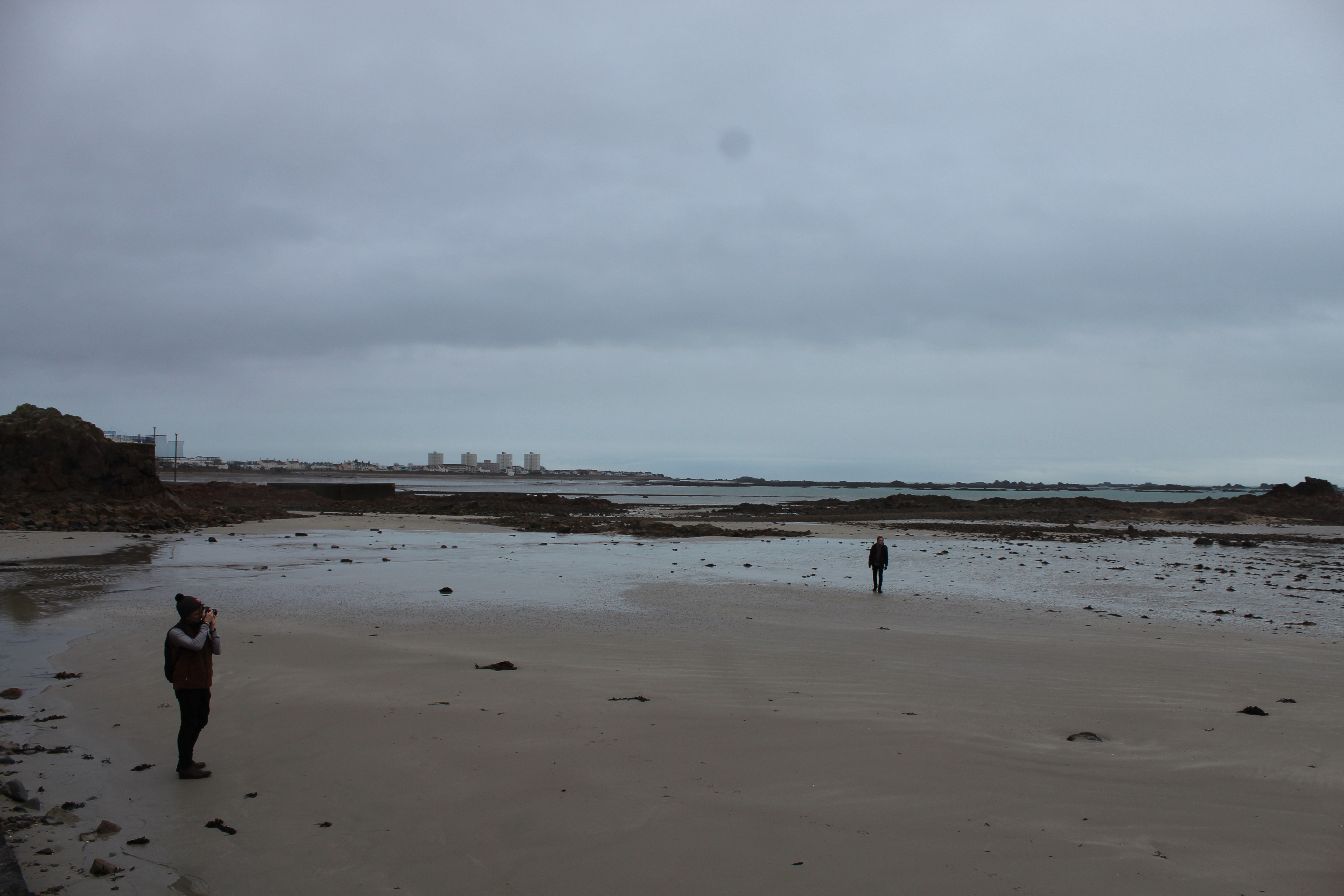
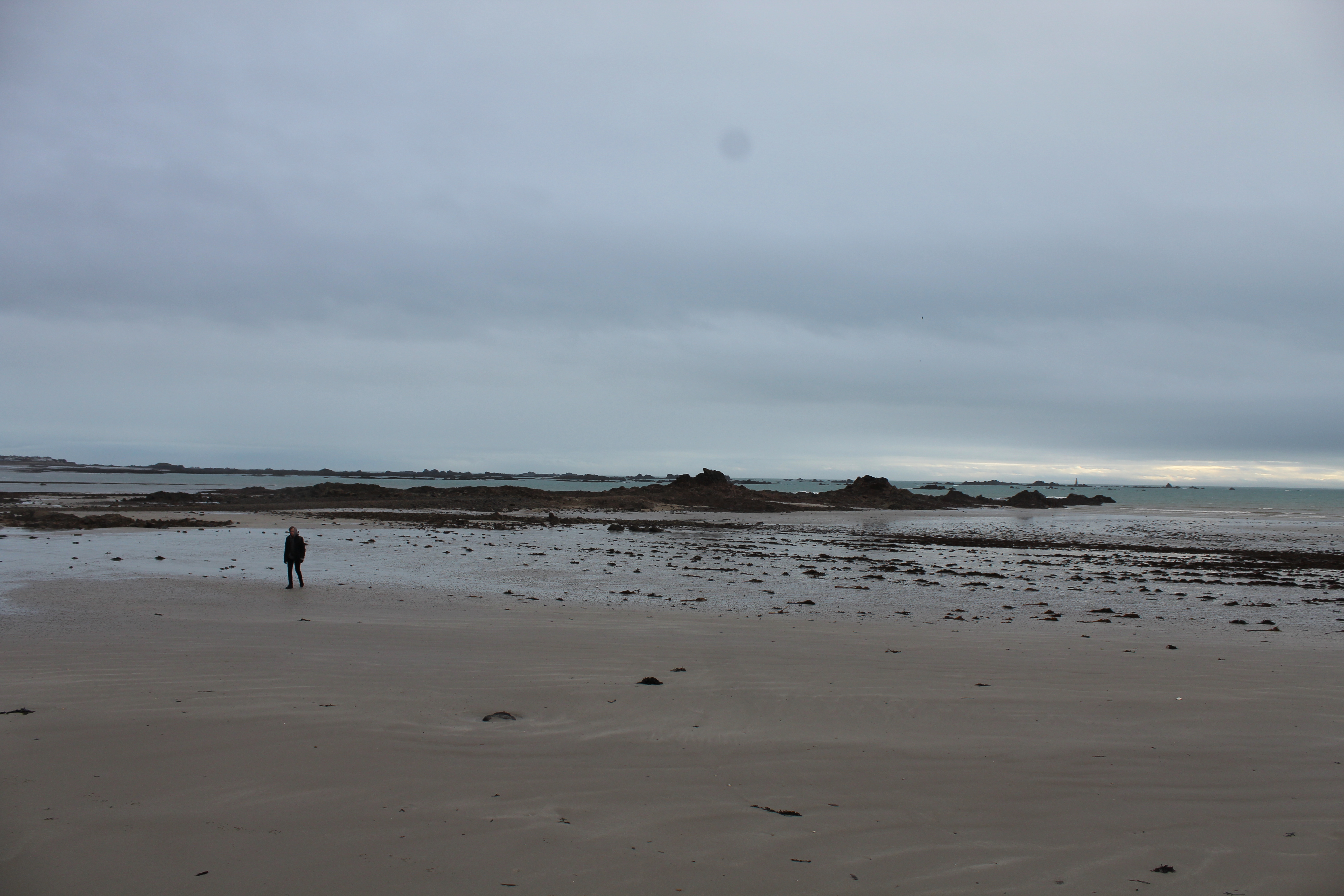
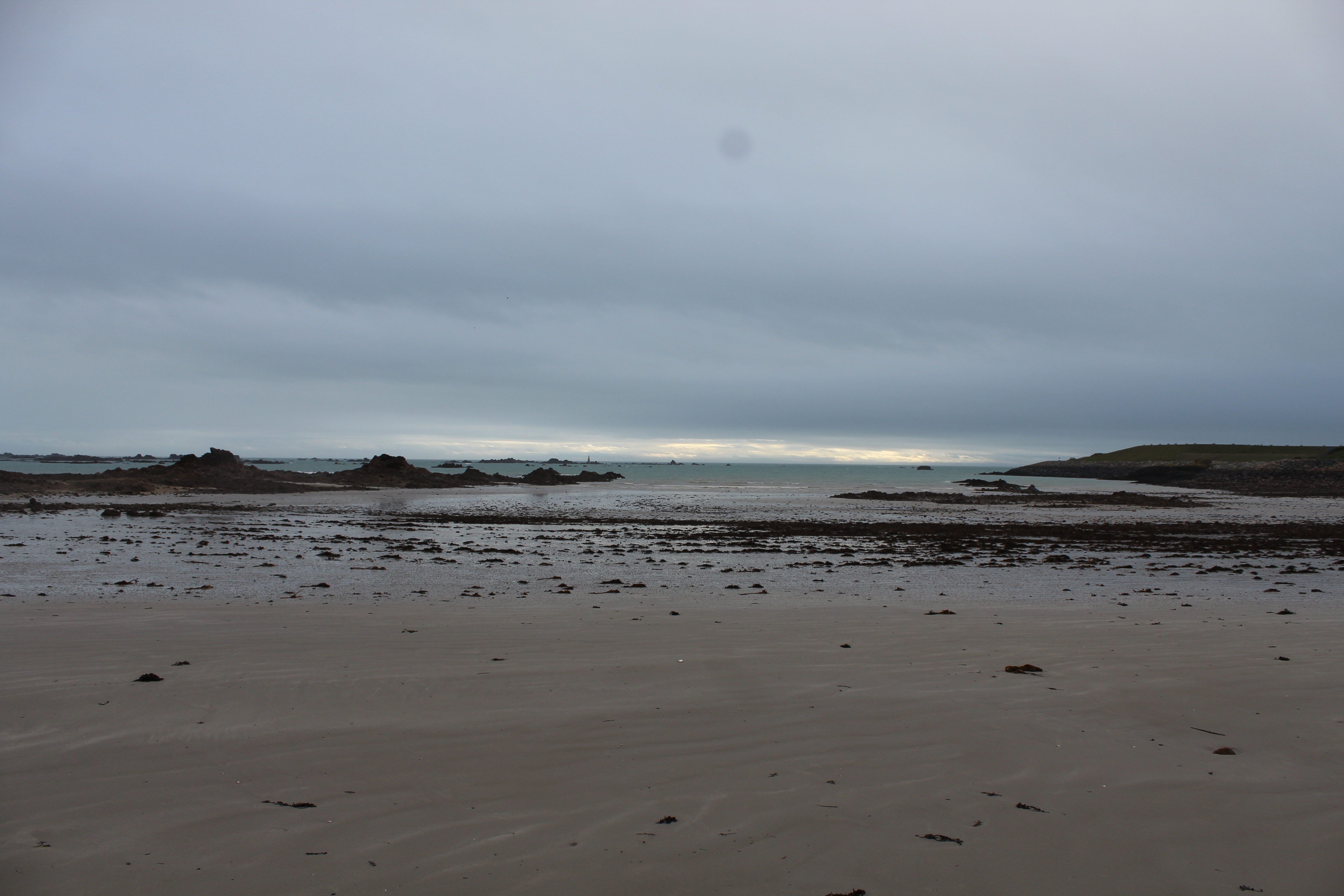
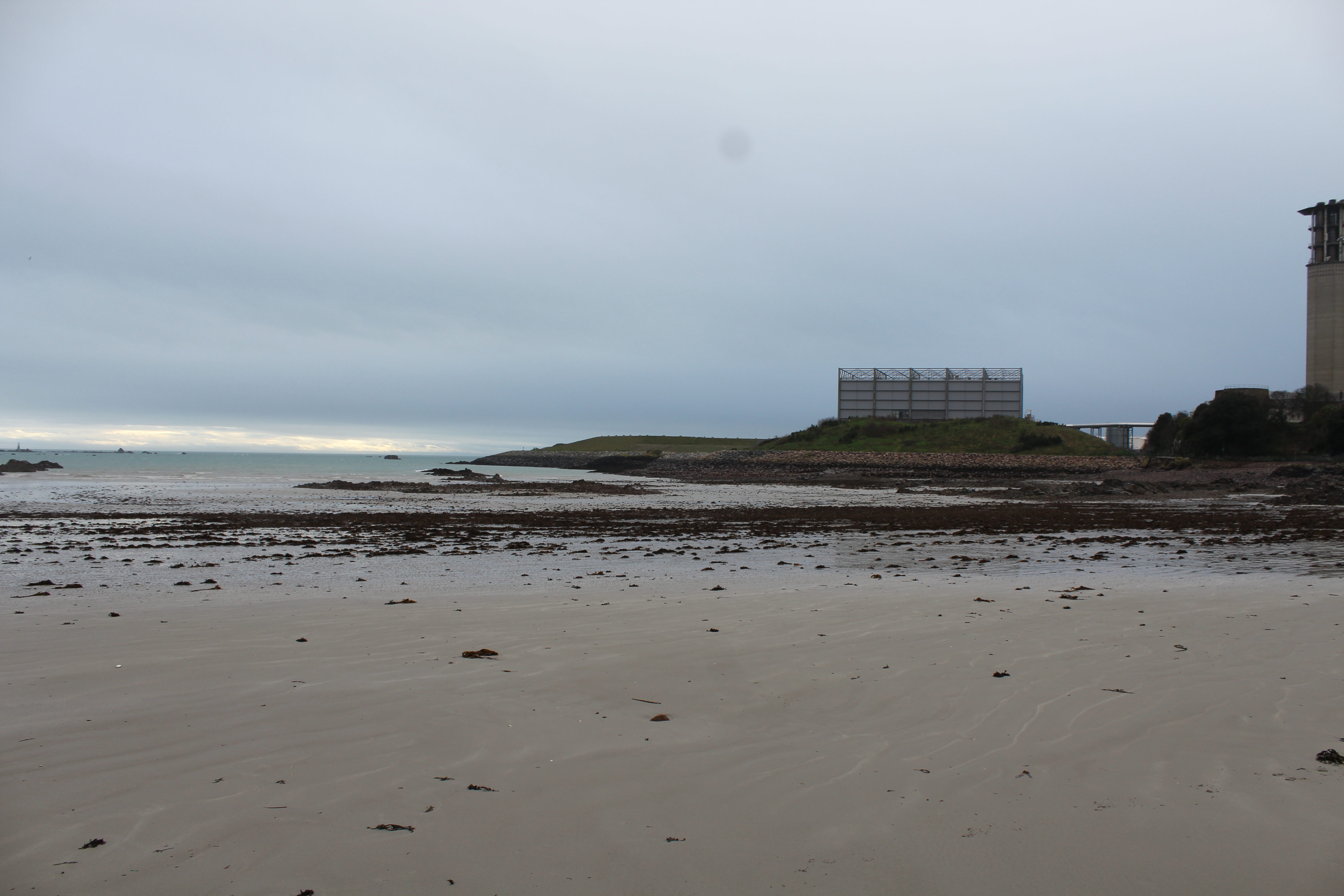

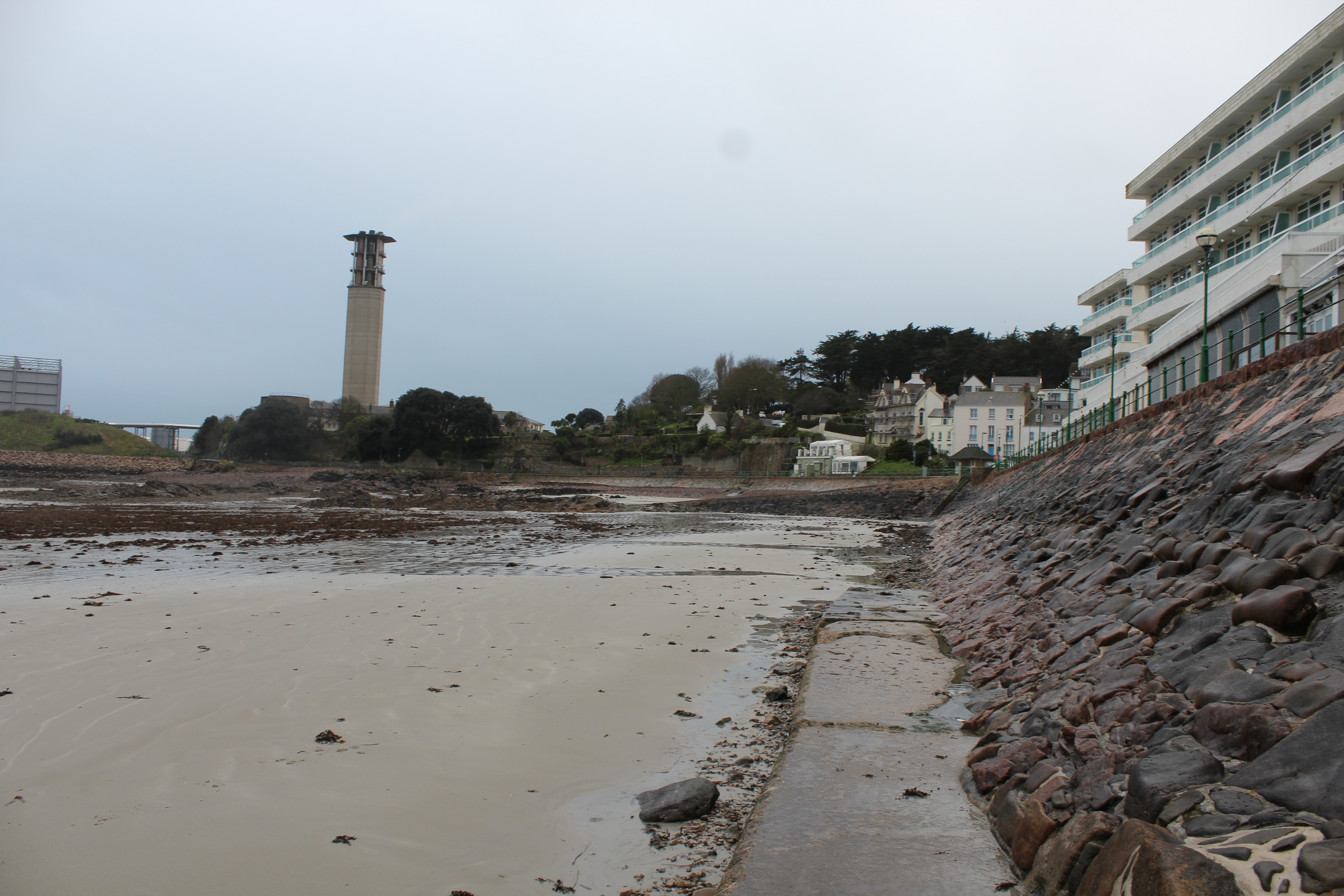
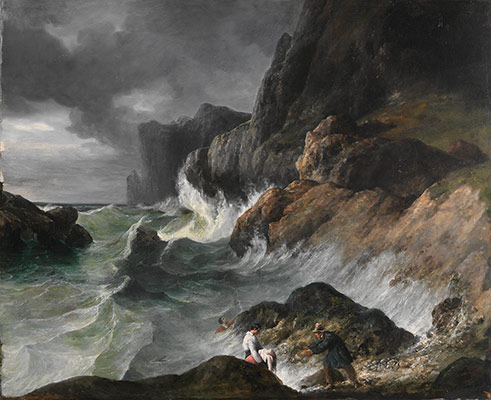
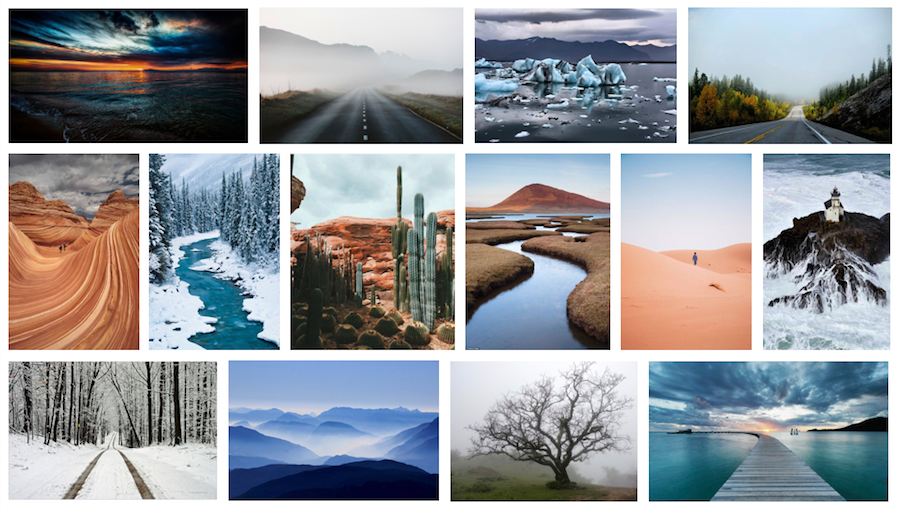

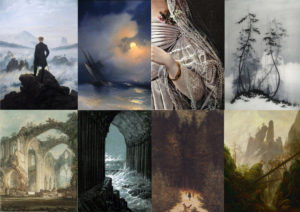
 As seen above Godwin focuses on very much of what is normal in the landscape, however she tends to use the weather to create more dramatic images to what would usually be seen, such as the clouds to create contrast on the land.
As seen above Godwin focuses on very much of what is normal in the landscape, however she tends to use the weather to create more dramatic images to what would usually be seen, such as the clouds to create contrast on the land.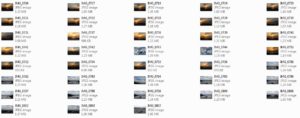
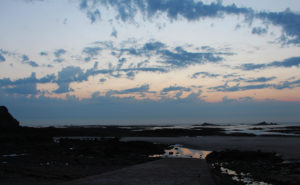
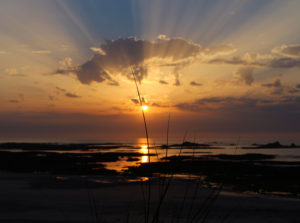
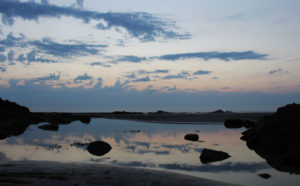
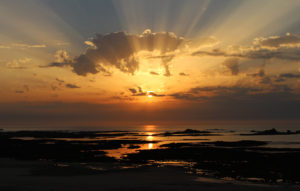



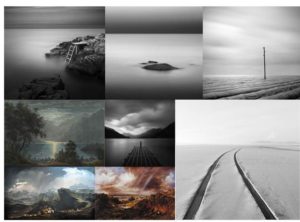 Photoshoot - my response to Romanticism didn't go to plan. I tried to take sea landscapes with a slow shutter speed without a tripod which led to my images to be shaky and blurry combined with the natural light getting darker and darker which also led to my photos being under or over exposed. Personally I don't like the aesthetic of Romanticism which didn't help for me to be inspired by any particular artist or photograph.
Photoshoot - my response to Romanticism didn't go to plan. I tried to take sea landscapes with a slow shutter speed without a tripod which led to my images to be shaky and blurry combined with the natural light getting darker and darker which also led to my photos being under or over exposed. Personally I don't like the aesthetic of Romanticism which didn't help for me to be inspired by any particular artist or photograph.
 However, with the blurred images I had, I managed to create a response to the photographer Idris Khan who layers on photographs to get the desired effect of an out of focus image that almost looks like a pencil sketch.
However, with the blurred images I had, I managed to create a response to the photographer Idris Khan who layers on photographs to get the desired effect of an out of focus image that almost looks like a pencil sketch.
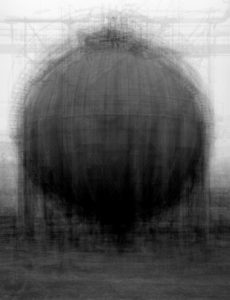 Idris Khan
With the few pictures I managed to salvage a fairly okay image in response to Idris Khan of the oil tower. I used Photoshop to layer on the different photographs and reduce the opacity so each image was visible in one photograph. I then edited it to black and white like Khan's work.
Idris Khan
With the few pictures I managed to salvage a fairly okay image in response to Idris Khan of the oil tower. I used Photoshop to layer on the different photographs and reduce the opacity so each image was visible in one photograph. I then edited it to black and white like Khan's work.
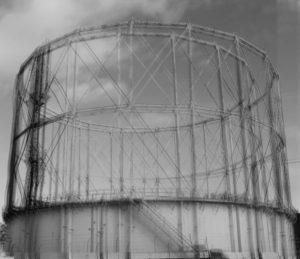
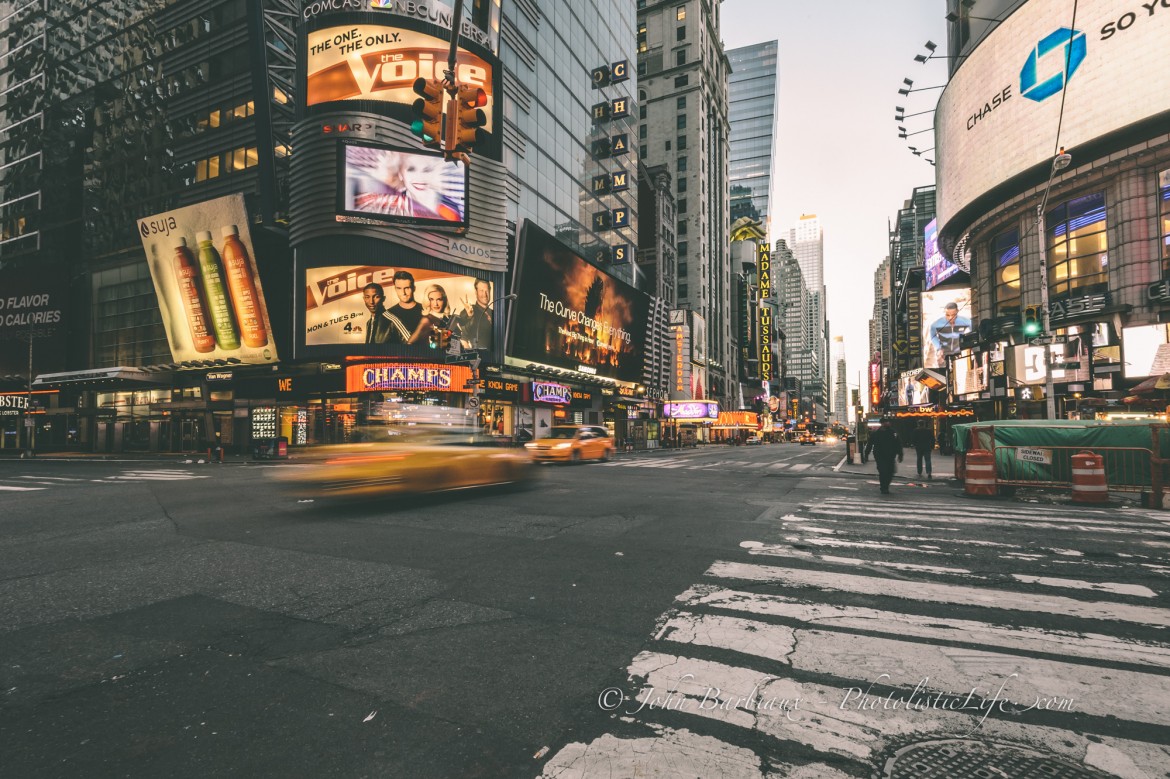


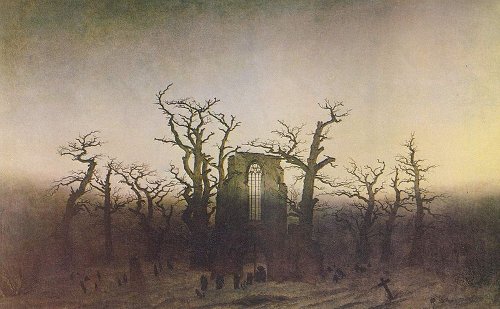

 More about Romanticism can be found
More about Romanticism can be found